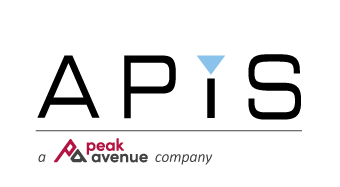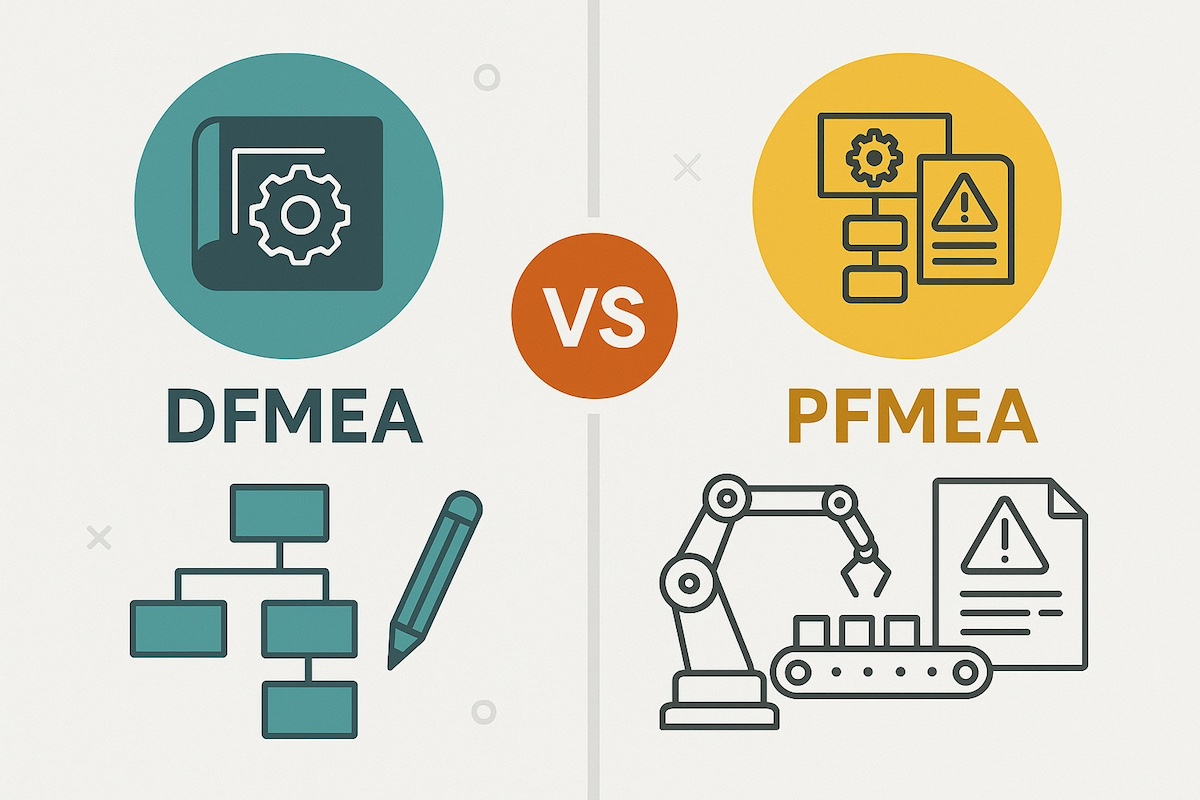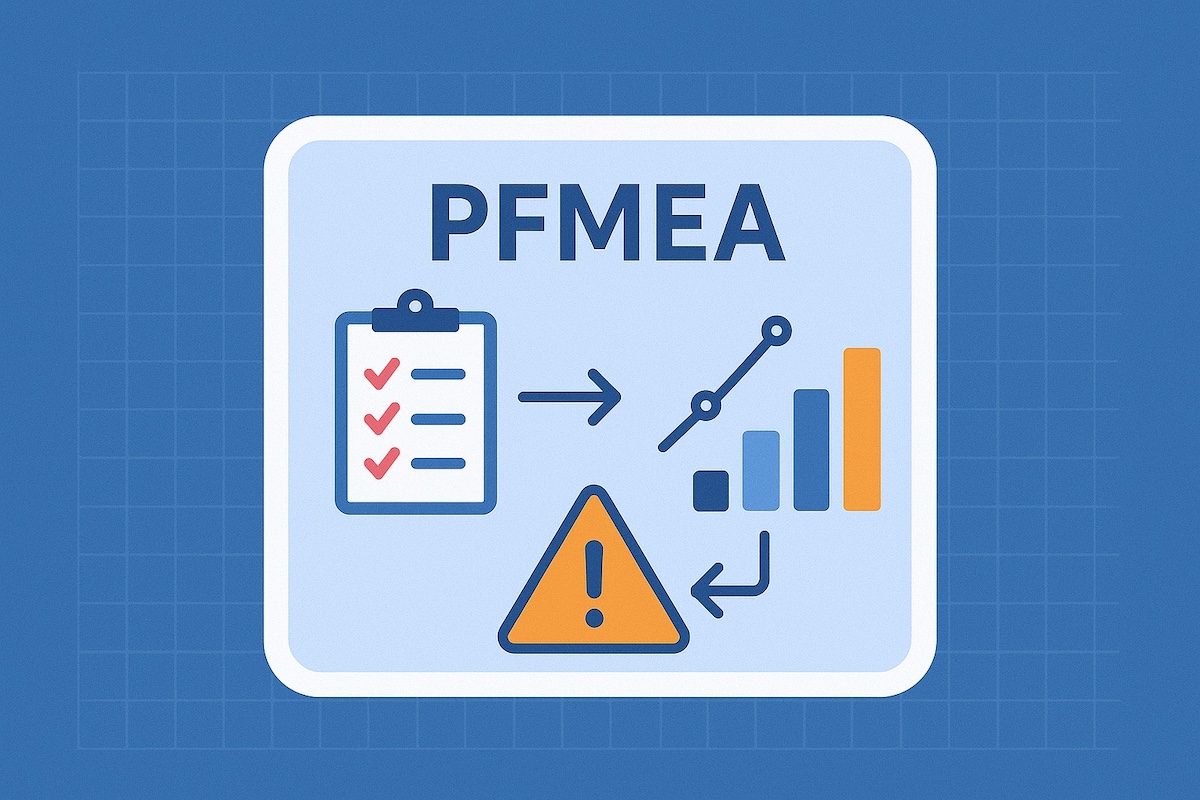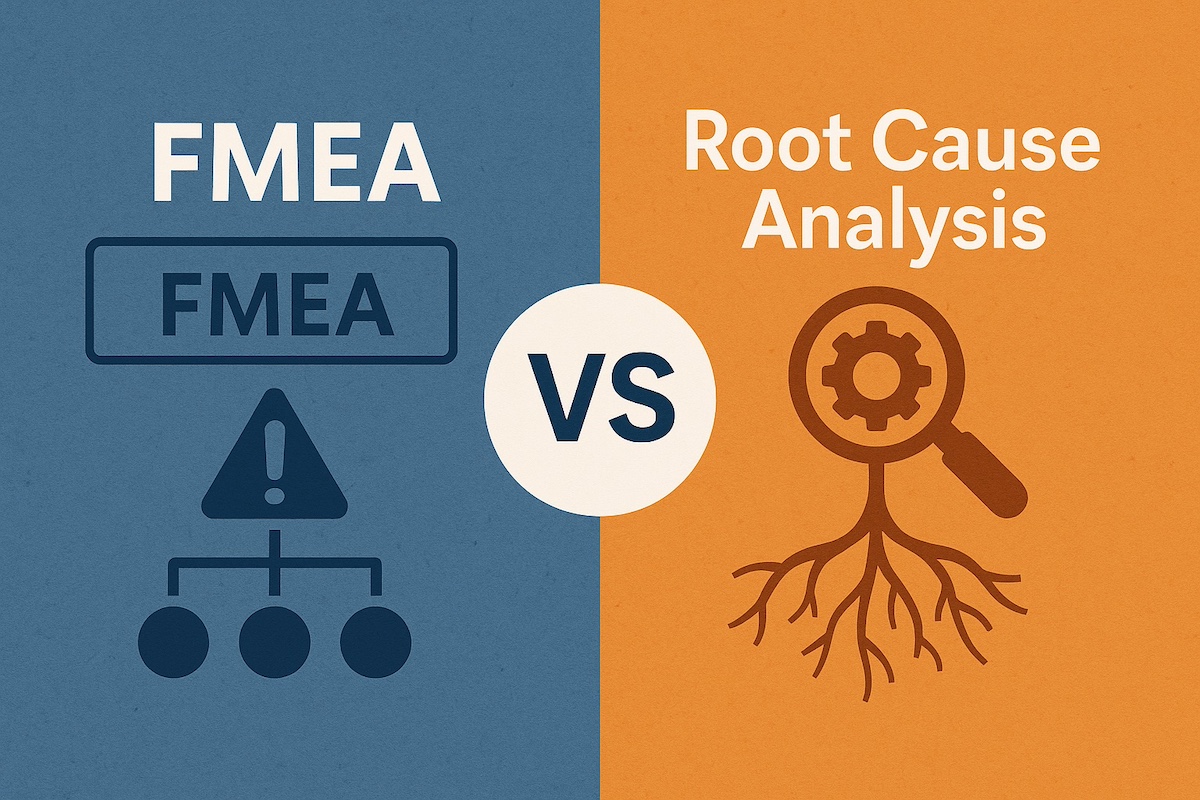When creating a product—whether it’s a car, a medical device, or a smartphone—there are countless things that can go wrong. Some problems come from how the product is designed. Others happen during the way it’s made.
That’s why many companies use a method called FMEA, or Failure Mode and Effects Analysis. It helps teams find potential problems early—before they cause failures, safety risks, or costly recalls.
There are two main types of FMEA:
- DFMEA (Design FMEA)
- PFMEA (Process FMEA)
They sound similar, but they focus on different stages of product development. This article will explain both how they’re different and why you need both DFMEA and PFMEA for a strong quality management system.
What Is DFMEA?
DFMEA stands for Design Failure Mode and Effects Analysis. It’s used early in product development to find potential problems in the design of a product before it’s mass produced. Many of the product are built during design iterations and for testing purposes prior to mass production.
Think of it like a safety check for your blueprint.
If you’re designing a new electric scooter, DFMEA might help you identify:
- If the battery is too exposed to water
- If the frame could crack from rough roads
- If the motor doesn’t have enough cooling
By spotting design weaknesses ahead of time, your team can make smart changes—before you spend money on prototypes or tooling.
What Does DFMEA Look At?
DFMEA usually examines:
- What the product should do (its functions)
- How those functions could fail
- What happens if it fails and how bad is the effect on the end user
- What are all the possible causes it might fail to function according to how it was designed
- How effectively has the design team implemented actions (e.g., modeling, analysis, optimization techniques, standard designs, etc.) to prevent the failures from occurring? (preventive controls)
- How effective are the current design controls (e.g. testing) at exposing a latent issue before it reaches the customer (detection controls)
- A risk score to help decide which problems to fix first e.g., Risk Priority Number (RPN), Action Priority (AP), Risk Priority Level (RPL).
The result? A better, safer, more robust design. The cost of poor quality can be immense!
What Is PFMEA?
PFMEA stands for Process Failure Mode and Effects Analysis. Instead of focusing on the design, PFMEA looks at the manufacturing process.
You might have a perfect product design—but if your production process has weak points, things can still go wrong.
Using the same scooter example, PFMEA might help you catch:
- Loose bolts due to poor torque control
- Wrong parts being installed
- Errors caused by a tired operator on the night shift
- Important product characteristics manufactured incorrectly due to worn machines
What Does PFMEA Examine?
PFMEA breaks down every step of your production line and asks:
- What product characteristics are produced or affected at this workstation?
- What machines and people are involved, and what functions do they perform here?
- How do we control the machines so they perform their functions correctly?
- How could these steps fail?
- What would the impact be?
- Why would it happen?
- How are we checking (i.e., inspection) for this issue now?
- How can we prevent it from happening again?
The goal of PFMEA is to make your process error-proof—with the help of better training, machines, or quality checks.
DFMEA vs PFMEA: The Core Differences
Although they follow a similar structure, DFMEA and PFMEA are used at different times and by different teams.
Here’s a simple comparison:
| Feature | DFMEA | PFMEA |
|---|---|---|
| Focus | Product design | Manufacturing process |
| When used | Early in product development | Before and during production |
| Goal | Prevent design-related failures | Prevent production-related defects |
| Who uses it | Design engineers | Process and manufacturing teams + Quality engineering |
| What it improves | Product design | How the product is built |
To put it simply:
DFMEA makes sure the product is designed right
PFMEA makes sure the product is built right
How DFMEA and PFMEA Work Together
Using only one of these tools isn’t enough. They’re designed to work together.
Let’s say your DFMEA reveals that a certain screw must be tightened to exactly 5 Nm to hold a motor in place. WHEN THE DFMEA AND PFMEA ARE LINKED TOGETHER, THEY COMMUNICATE! Your PFMEA would then focus (i.e., prioritize) on making sure the assembly line has a tool that applies the right torque—and a check to make sure it was done correctly.
When used as a team, DFMEA and PFMEA help you catch more issues, lower risks, and improve the quality of the final product.
Real-Life Examples
Automotive Example: Braking System
DFMEA might catch that a brake caliper could crack under heat stress. So, the design is changed to use stronger material.
PFMEA might identify that during assembly, bolts aren’t always torqued correctly. So, the process is updated with automatic torque tools and alerts for errors.
Smartphone Example: Water Resistance
DFMEA could find that a speaker grill design allows water inside. The fix: add a waterproof membrane.
PFMEA could flag that adhesive isn’t applied consistently by workers. So, a robotic arm is used for more precision.
These examples show how DFMEA and PFMEA complement each other to improve both the product and the way it’s made.
Best Practices for Using DFMEA and PFMEA
To get the most value from these tools, follow these tips:
- Start early: The sooner you catch a problem, the easier and cheaper it is to fix.
- Use a cross-functional team: Involve people from design, manufacturing, quality, and supply chain.
- Follow industry standards: The AIAG-VDA FMEA Handbook is widely accepted, especially in automotive.
- Keep your FMEAs updated: Don’t treat them as one-time documents—update them as things change.
- Use good tools: While spreadsheets work for small projects, complex systems are easier to manage with advanced FMEA software.
Common Mistakes to Avoid
Here are some pitfalls to watch out for:
- Waiting too long to start your FMEA
- Copy-pasting old FMEAs without customizing for the current product or process
- Not linking DFMEA and PFMEA—they should inform each other
- Skipping follow-up—identifying risk is good, but you must also track and implement actions
FAQs About DFMEA and PFMEA
What’s the main difference between DFMEA and PFMEA?
DFMEA looks at what could go wrong in the product’s design. PFMEA looks at what could go wrong when making the product.
Can I skip DFMEA and just do PFMEA?
Not a good idea. PFMEA is more effective when it builds on a well-done DFMEA. The DFMEA drives priority in the PFMEA risk analysis.
Who should be involved in FMEA?
Cross-functional teams work best. Include engineers, operators, quality experts, and suppliers when possible.
What standard should I follow?
Use the latest AIAG-VDA FMEA Handbook 2019 2nd edition, which covers a structured 7-step approach used by many industries worldwide.
Work Smarter with APiS North America
If you’re still trying to manage FMEA with spreadsheets or outdated systems, you’re missing out on huge efficiency gains.
APiS North America helps companies modernize and streamline their DFMEA and PFMEA efforts using the APIS® IQ-Software—a professional-grade tool trusted by top companies worldwide.
Our software makes it easier to:
- Follow AIAG-VDA guidelines
- Connect DFMEA and PFMEA seamlessly
- Visualize relationships between design, functions, and failures
- Track revisions and actions automatically
We also offer training, support, and consulting to help your team get it right from the start.
Ready to improve your FMEA process?
Visit www.apisnorthamerica.com to learn more about how we can help you reduce risks and build better products—every time.






